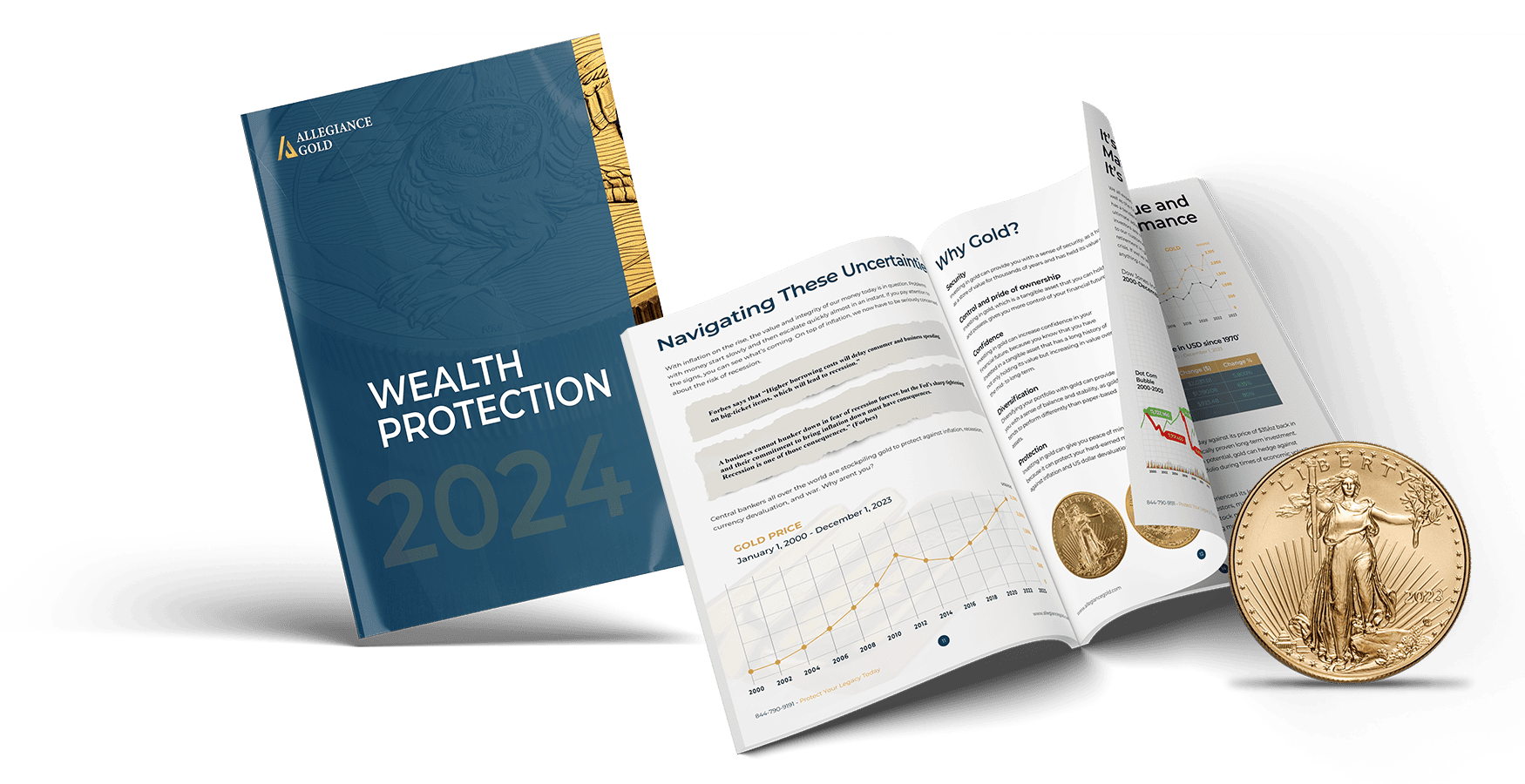According to the United States Census Bureau, the official poverty rate in the U.S. in 2019 was 10.5%. This means that in 2019, 34 million people were living in poverty. Despite the economic recovery after the 2008 stock crash, poverty continued to rise as wealth gaps widened-in other words, poverty got worse during the recovery. It is important to note that the poverty rate does not account for factors such as homelessness and undocumented immigrants.
Poverty can have lifelong consequences on an individual and their family. In major U.S. cities, there is a homeless problem that cannot be ignored. While others work several minimum wage jobs to live paycheck to paycheck and some struggle with unemployment. Though there are policies that address poverty, it hasn’t been enough in a country with millions of people all competing for the ‘American Dream’.
Since 1964, we have seen little wage growth, with today’s average wage having the same purchasing power as 40 years ago. All while there has been massive growth for top earners. This means that in order for an individual or family to save enough for retirement, they must be smart about investing in the right assets and diversifying their investment portfolio as an insurance strategy.
“The $4.03-an-hour rate recorded in January 1973 had the same purchasing power that $23.68 would today.”
Since COVID-19, retirement savings have taken a huge hit:
- Corporate 401(k)’s are down 19%
- IRA’s down 14%
- 403(b) and similar plans down 19%
“We have to be honest about the likely reality. Millions of older Americans are going to have to accept austerity and a drop of living standards.”
– Teresa Ghilarducci, ReLab Economics Professor
Protect your retirement, and request a FREE Investment Guide
From April to May, unemployment numbers for older Americans nearly quadrupled. These job losses also went from temporary to permanent as many were approaching retirement age and employers, once rehiring starts again, will opt for younger, cheaper workers. Additionally, some older Americans had to dip into their retirement savings during the pandemic and must postpone their retirement plans by years to save up again. However, some are nearing the age where they can no longer work to save with growing or emerging health problems. Those who are able to go back to work will most likely see a major pay cut, similar to that of The Great Depression where older workers took a median pay cut of 23%. This means those who do go back to work will have less time and money to save. While the entire country panics over a pandemic and the economy, retirees are ignored as they try to navigate an impossible situation.
Time is a good friend for a young investor, but for those nearing retirement, it can look like a menacing hourglass. Today we talk about millennials living in a world with much less wealth than their parents. However, we do not discuss the fact that workers approaching retirement, relative to living standards and the poverty rate, have less money than their parents and grandparents. So millennials who are falling behind themselves will soon see their parents fall into poverty.
To add to all these factors, it’s important we consider the effect of inflation on savings. Inflation is the silent retirement killer. According to LIMRA Secure Retirement Institute, a 1% inflation would eat $34,406 and a 3% inflation rate would cost retirees $117,553 over a period of 20 years. The Federal Reserve announced there will be at least a 2% inflation rate for years.
The government and major banks have been printing more money and devaluing the U.S. dollar for years. With more stimulus and the spending required to recover from the COVID-19 economic fallout, there will be more inflation in the coming years. Gold has been a safe haven asset that has historically served as a hedge against inflation.
To learn more about the best ways to secure your retirement savings, contact an Allegiance Gold Account Executive today!



 Custom Precious Metals IRA
Custom Precious Metals IRA



